
Baldur's Gate is a series of role-playing video games set in the Forgotten Realms Dungeons & Dragons campaign setting. The series has been divided into two sub-series, known as the Bhaalspawn Saga and the Dark Alliance, both taking place mostly within the Western Heartlands, but the Bhaalspawn Saga extends to Amn and Tethyr. The Dark Alliance series was released for consoles and was critically and commercially successful. The Bhaalspawn Saga was critically acclaimed for using pausable realtime gameplay, which is credited with revitalizing the computer role-playing game (CRPG) genre.

Soulcalibur II is a 2002 fighting game developed by Project Soul and published by Namco and the third installment in the Soulcalibur series of weapon-based fighting games. It is the sequel to Soulcalibur, which was released in July 1998. Originally intended to be released on Sega's NAOMI board, the game was released on the Namco System 246 arcade board before being ported to the PlayStation 2, GameCube, and Xbox in 2003.

Kain is a character and the main protagonist and title character of the Legacy of Kain video game series. First introduced in Blood Omen: Legacy of Kain in 1996, he was created by Denis Dyack and Silicon Knights, and has appeared in all subsequent Legacy of Kain games under the direction of developer Crystal Dynamics. Between games, he serves as either the central playable character, or as an antagonist, but in all his depictions he has consistently been described as an antihero.

Painkiller is a first-person shooter video game developed by Polish game studio People Can Fly and published by DreamCatcher Interactive in April 2004 for Microsoft Windows and ported to Xbox in 2006. The game's single player campaign follows a dead man in Purgatory who is offered a deal to defeat the invading forces of Lucifer's army in exchange for being allowed to enter Heaven. The game was particularly well-received for its multiplayer experience and was featured for two seasons on the Cyberathlete Professional League's World Tour.

Baldur's Gate II: Shadows of Amn is a role-playing video game developed by BioWare and published by Interplay Entertainment. It is the sequel to 1998's Baldur's Gate and was released for Microsoft Windows in September 2000. Following its predecessor, the game takes place in the Forgotten Realms, a fantasy campaign setting, and is based on the Advanced Dungeons & Dragons 2nd edition rules. Powered by BioWare's Infinity Engine, Baldur's Gate II uses an isometric perspective and pausable real-time gameplay. The player controls a party of up to six characters, one of whom is the player-created protagonist; the others are certain characters recruited from the game world.
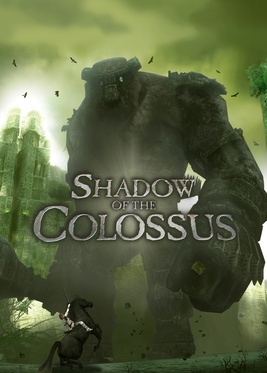
Shadow of the Colossus is a 2005 action-adventure game developed by Japan Studio and Team Ico, and published by Sony Computer Entertainment for the PlayStation 2. It takes place in a fantasy setting and follows Wander, a young man who enters an isolated and abandoned region of the realm seeking the power to revive a girl named Mono. The player assumes the role of Wander as he embarks on a mission that might entail Mono's resurrection: to locate and destroy the colossi, sixteen massive beings spread across the forbidden land, which the protagonist traverses by horseback and on foot.
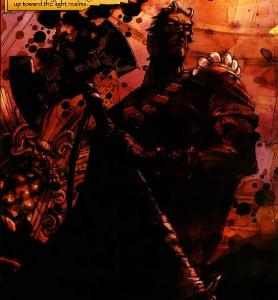
Belasco is a supervillain appearing in American comic books published by Marvel Comics. The character's first appearance was in Ka-Zar the Savage #11; he was created by Bruce Jones and Brent Anderson.
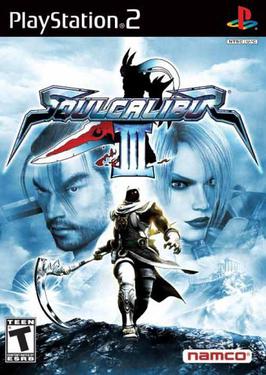
Soulcalibur III is a fighting video game produced by Namco as a sequel to Soulcalibur II and the fourth installment in the Soulcalibur series. It was originally released for the PlayStation 2 in 2005. An improved arcade version, Soulcalibur III: Arcade Edition, was released in 2006. It was the last Soulcalibur game to receive an arcade version, as IV onwards did not have an arcade release, and was also the last to be released by Namco as an independent company, as it would merge with Bandai's video game division to form Bandai Namco Entertainment in 2006. It is the second in the Soulcalibur series’ 1590 A.D. trilogy games, between II and IV.

Dungeons & Dragons: Shadow over Mystara is an arcade game developed and published by Capcom in 1996 as a sequel to Dungeons & Dragons: Tower of Doom. The game is set in the Dungeons & Dragons campaign setting of Mystara.

Nightmare is a fictional character in the Soulcalibur series of video games. The evil possessor of Siegfried Schtauffen's body, he later becomes an entity entirely separated from Siegfried in Soulcalibur III onward. Nightmare is the living incarnation of Soul Edge and a vessel for Inferno.

Tomb Raider: Legend is an action-adventure video game developed by Crystal Dynamics and published by Eidos Interactive. It is the seventh main entry in the Tomb Raider series and a reboot of the series that reimagined the origins and character of series protagonist Lara Croft. The game was released in 2006 for Microsoft Windows, PlayStation 2, Xbox, Xbox 360, PlayStation Portable, GameCube, Game Boy Advance, Nintendo DS, and mobile phones. A PlayStation 3 port was released in 2011 as part of The Tomb Raider Trilogy.
Soulcalibur is a weapon-based fighting game franchise developed by Bandai Namco Studios and published by Bandai Namco Entertainment.
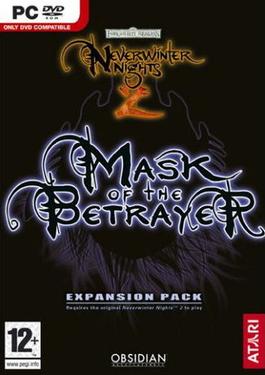
Neverwinter Nights 2: Mask of the Betrayer is a role-playing video game developed by Obsidian Entertainment and published by Atari Interactive. It is an expansion pack for Neverwinter Nights 2. It was released in 2007 for Microsoft Windows in North America, Europe, and Australia. Like the first game, Mask of the Betrayer is set in the Forgotten Realms campaign setting of the fantasy tabletop role-playing game Dungeons & Dragons and employs the 3.5 edition rules.

Sonic and the Black Knight is a 2009 platform video game developed by Sonic Team and published by Sega as part of the Sonic the Hedgehog series for the Nintendo Wii. It is the second and final entry in the Sonic Storybook series, following Sonic and the Secret Rings (2007), and involves Sonic being transported to the story of King Arthur by wizard Merlina, under the pretense that they are attempting to stop a corrupted Arthur ; however, it is later revealed that there was no corruption and that Merlina had secretly wanted to become the Dark Queen to prevent the legend's fate from occurring. Gameplay involves controlling Sonic around with the Wii Remote's motion-sensing functionality, particularly swinging around the sword to attack enemies and to move forward.

The following is a comprehensive list of characters from the Soulcalibur series of video games, beginning with Soul Edge in 1995.
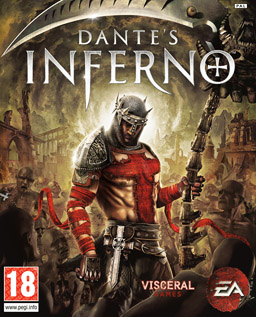
Dante's Inferno is a 2010 action-adventure hack and slash video game developed by Visceral Games and published by Electronic Arts. The game was released for PlayStation 3, Xbox 360 and PlayStation Portable in February 2010. The PlayStation Portable version was developed by Artificial Mind and Movement.

Soulcalibur: Lost Swords was a free-to-play fighting game distributed through PlayStation Network. Released in 2014, the game is based on Soulcalibur V and is strictly single-player. It uses the same weapon-based fighting system from previous games; however, several of the gameplay mechanics were changed, simplified or otherwise removed.
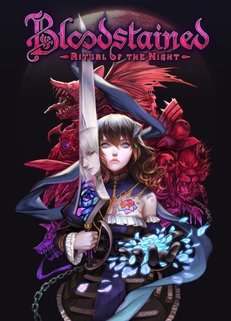
Bloodstained: Ritual of the Night is a Metroidvania-styled video game developed by Japanese indie studio ArtPlay and published by 505 Games. The game's development was led by former Castlevania series producer Koji Igarashi and is considered a spiritual successor to the series. The game was released for PlayStation 4, Windows, Xbox One, and Nintendo Switch, in June 2019, for Amazon Luna in October 2020, for Android and iOS in December 2020, and for Stadia in July 2021.
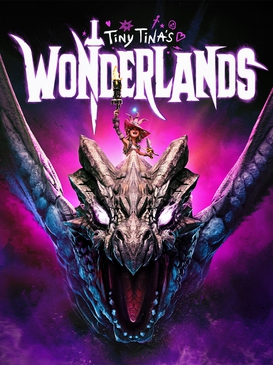
Tiny Tina's Wonderlands is a 2022 action role-playing first-person shooter video game developed by Gearbox Software and published by 2K. As a spin-off in the Borderlands series and a sequel to Tiny Tina's Assault on Dragon Keep, the game is set within the world of a fantasy-themed tabletop role-playing game. The game was released for PlayStation 4, PlayStation 5, Windows, Xbox One and Xbox Series X/S in March 2022.

Judas is an upcoming first-person shooter game developed and published by Ghost Story Games. It is Ken Levine's first video game since BioShock Infinite: Burial at Sea in 2014. The game is scheduled to be released for the PlayStation 5, Windows, and Xbox Series X/S.


















